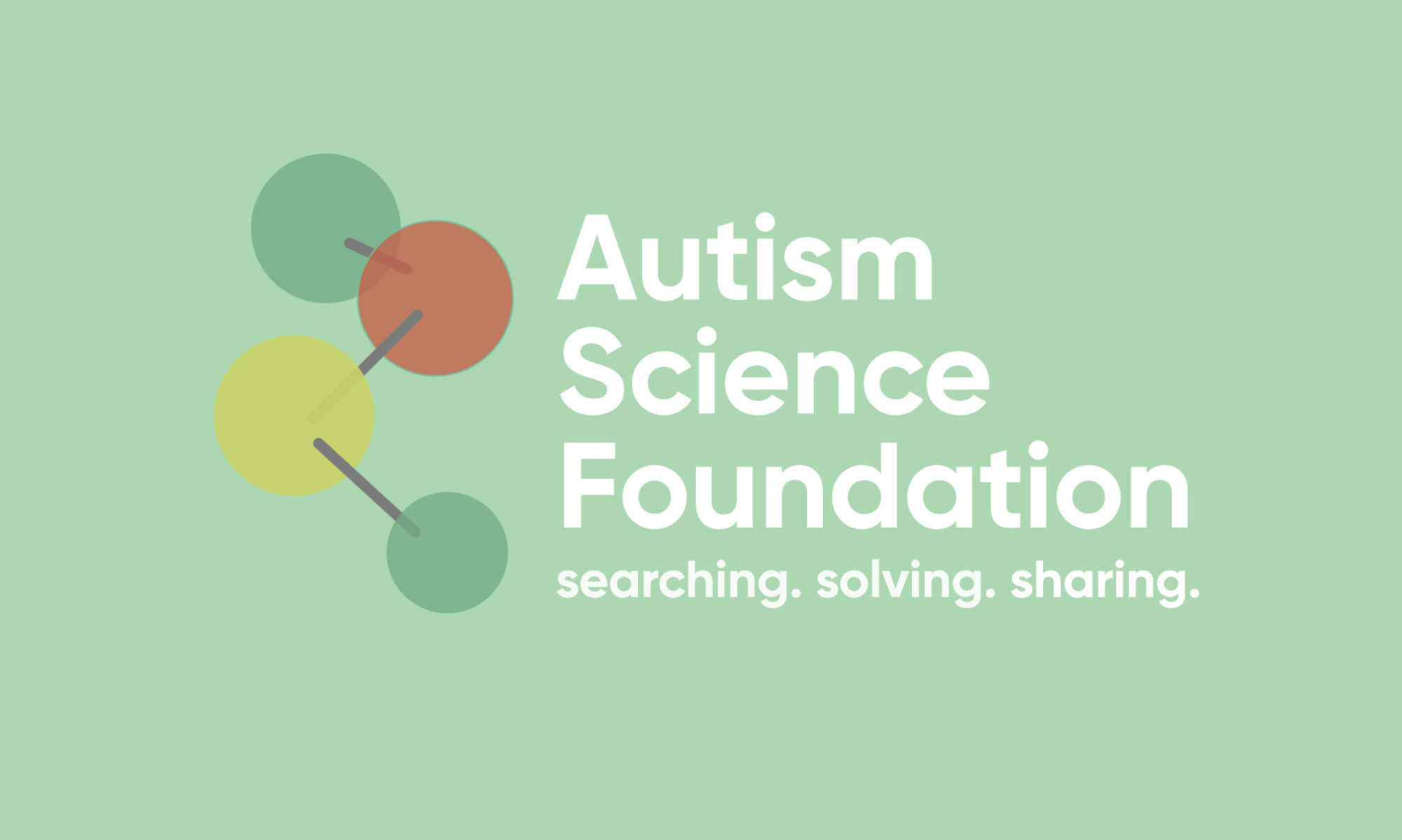Podcast: Play in new window | Download
Subscribe: RSS
Sometimes when the autism community hears the words “genetics research”, it conjures up images of using genetics to eliminate people with autism. In fact, that’s not the goal of genetics research, nor is it even possible. Recently, several new studies were publish which illustrate how genetics can be used to help people understand their diagnosis, and receive more targeted supports. Special guest Jonathan Sebat from UCSD provides perspective on these findings and why genetics research is misunderstood.
https://pubmed.ncbi.nlm.nih.gov/35654973/

